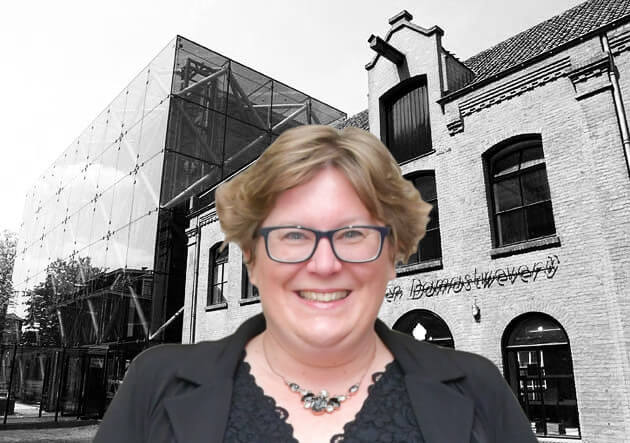
There is more likely a knack for mathematics pre-programmed into my brain than a talent for languages. Let ‘s just say that language is not my thing. Nevertheless, over the past year my research has concentrated on the theme of conversation styles and ever since I have become more and more amazed by the fascinating world of language.
According to the three brain theory, we humans have an instinctive reptilian brain, an emotional mammalian brain and an ingenious neocortex. From an evolutionary perspective, this neocortex is the most recent top layer in the brain and, compared to other animals, it is the most developed in humans. It is precisely this neocortex that enables us humans to produce and absorb complex language.
Pots and axes
Being able to produce and absorb a rich language is what makes us human beings. That’s why it’s one of the most ancient things we do. We’ve been able to make words since long before we have been able to make pots and axes, and script has been in use for far longer than machines.
But no matter how long we’ve been dealing with language, we still have a lot of trouble understanding each other. For example, almost seven thousand different languages are spoken in the world, which makes it difficult to comprehend each other. Fortunately, with the help of smart technology, it is becoming increasingly easier to bridge this language gap. It is Google, in particular, that is often our unifying bridge when there is a language barrier. And even when there is no barrier, Google helps to unveil the wonders of language in languages other than our own. For example, there are several Google Home Assistants in our house and our children (6 and 7 years old) know exactly what poop is in Arabic and fart is in Chinese thanks to Google.
Scale of Prima, defining fine.
But even if we all speak the same language, or whenever Google is able to translate all languages flawlessly, it is still difficult to understand each other. A good example of this is the word ‘fine’. By the word ‘fine’ we all mean something different, and the actual meaning of the word ‘fine’ strongly depends on the context. When I give my husband a new bag as a present for his birthday and he says “it’s fine” I start to doubt whether he really likes the bag. Yet when I ask him if he wants to empty the bin and he says “that’s fine”, then I’m convinced that it will be done. The fifty shades of grey used for the word ‘prima’ – which is the Dutch equivalent of the word ‘fine’ -inspired the folks at Factor Tachtig to examine the various meanings of ‘prima’, which resulted in the comical Scale of Prima, in other words, the funny Fine Factor.
I marvel at how something that we’ve been able to do for so long, what makes us human beings, is still something we’re so miserable at it. That in all these years we have not succeeded in producing a common language with which we are able to banish into the past all communication problems within the relational sphere, in the workplace and in the public domain. Smart technology can help us to communicate with each other, but not to understand each other.
In the field of speech technology, there is currently a great deal of investment in imitating a language system that is as human as possible. This makes it more and more natural for people to converse with technology. Just think of that well-known video clip in which Google’s artificial intelligence calls a hair salon to make an appointment. But speaking each other’s language doesn’t necessarily mean that you really understand each other. That everyone, people and technology, understands a particular word in the same context in exactly the same way. Even Google Home is programmed with words that everyone can understand differently. When I say “Hey Google, play the Red Hot Chili Peppers” at home, Google says “fine”.
The Dutch Scale of Fine, by Factor Tachtig


